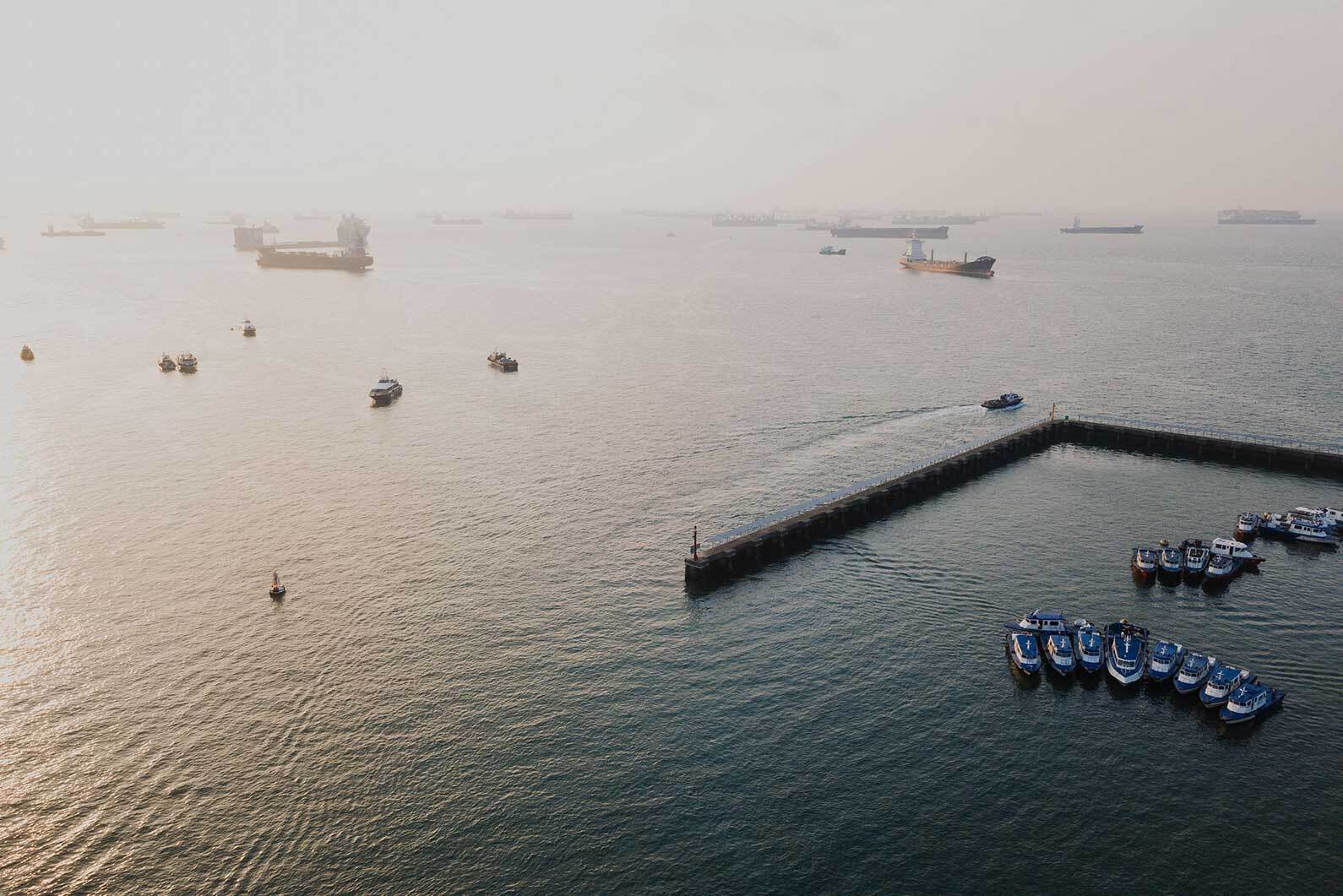The idea for floating solar was first discussed almost a decade ago. Today, this model of PV plants has become a reality.
Multiple projects have popped up on various water bodies around the world, particularly in Europe and Asia. Consequently, experts assert that floating solar PV will also follow a similar surge in popularity that solar on land did. CEO of Solar Power Europe Floatovoltaics Association, Walburga Hemetsberger, describes this as a ‘terawatt-scale opportunity’ waiting to be mined.
Similar to traditional solar projects, floating solar panels aim for a set of standards – a long production life and low energy costs being the top ones. However, offshore solar must also meet some unique requirements such as being minimally disruptive to marine life.
As developers make constant improvements to design and installation methods, floating solar plants will see a sharp rise in the coming years.
Floatovoltaic Plants Around the World
Case in point: a beautiful, 13.330 MWh solar farm in Sekdoorn, Netherlands, jointly built by Baywa r.e. and GroenLeven. This German-Dutch masterpiece took a mere six weeks to be up and running (read: floating). It provided electricity to 4000 homes in the first half of 2020, and is the second-largest floatovoltaic installation in all of Europe.
Another setup just outside of Sayreville, New Jersey, adds to the budding 1100 MWs of floating panels around the world. The $7.2 million project has set afloat an array of 12,000 solar panels that will produce 4.4 MWs of clean power.
The Sayreville floating solar plant checks off a number of boxes apart from feeding into a #gogreen agenda. These include: reducing evaporation, providing shelter to marine life, and limiting the growth of algae on the retention pond.
Therefore, floating solar PV teaches us a valuable lesson. Renewables aren’t complicated; not as an industry, and not as a source of power. They rely on simple measures, minimal (but cool) equipment, and hey, they can now float all by themselves.
What more could we ask for?




